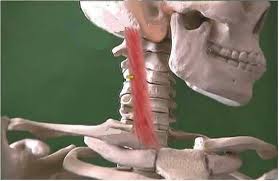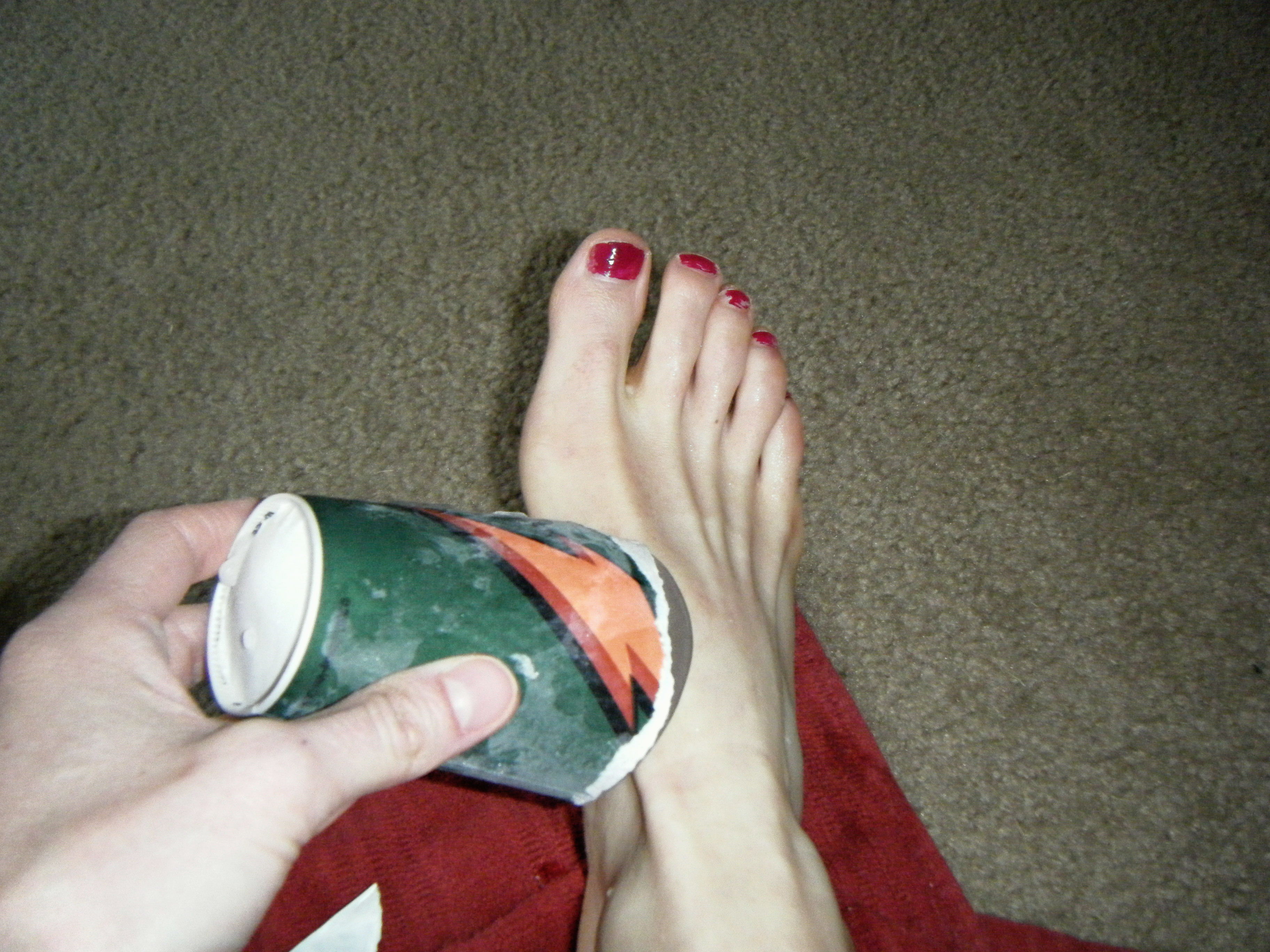 This month’s bodyquirk is personal for me, because it’s something I have been suffering with. It’s called Torticollis and it can be congenital, but most commonly it comes on spontaneously and will self-resolve after 4 to 6 weeks without treatment. Also known as wryneck, this stiff neck condition is often associated with muscle spasm and leaves the head tilted to one side.
This month’s bodyquirk is personal for me, because it’s something I have been suffering with. It’s called Torticollis and it can be congenital, but most commonly it comes on spontaneously and will self-resolve after 4 to 6 weeks without treatment. Also known as wryneck, this stiff neck condition is often associated with muscle spasm and leaves the head tilted to one side.
Yesterday, I awoke to a terrifically stiff and painful neck, knowing exactly what was causing the issue, since I had experienced the same thing about 4 months ago. But 4 months ago, I had no idea what I was dealing with and I figured it would just go away — it didn’t. Instead, it got worse and worse, to the point of me waking up with the intensity of the pain in the middle of the night. By the time I decided to get in and get an adjustment from my chiropractor and having some massage, it had settled in nicely. Because of this, it took 8 weeks for it to stop hurting. Some mornings, I had to grab my own hair and pull my head up, otherwise the pain was paralyzing. Getting out of bed required me to roll over gently and slowly push myself up with arms to get upright.
Not this time though, I had to travel to Central Oregon the morning I woke up with the pain, so I made sure I had plenty of water and adjusted my seat to support my neck as I drove. I massaged and stretched the whole way there and back, and spent 45 minutes in the hot tub loosening my neck muscles before I went to bed. I also made appointments to see the chiropractor and get a massage the following morning. Because of my pro-active approach, in just 36 hours after the first twinge, most of my pain was gone!! I will continue to hydrate, stretch and get massages until it has completely resolved, but I feel that it won’t take much more — thank goodness.!
 Now for the BIG confession
Now for the BIG confession
If you’re a client or a frequent reader of this blog, then you probably know how much we stress proper workstation positioning of laptops and touchscreen pc monitor to minimize the strain to your neck, shoulders, arms and hands. Well, recently I have been spending waaaaay to many hours on my iPad, causing my neck to protest loudly and painfully. What’s the old saying? Physician heal thyself? Yes, health care practitioners are human too, and though we may know better — we may not always do better.
But what a way to learn a lesson and reinforce a message! From now on, I put my iPad high enough that it’s at eye level and I’m not spending inordinate amounts of time looking down. I have also modified my routine so that the work I do that takes time (like writing this blog) is done on my desktop workstation, which has been properly set-up to best protect wear and tear on my body.
So to those of you I preach the gospel of proper workstation alignment, stretching and breaks I offer up my story to help prevent it from happening to you.
AND . . . To my body: I humbly apologize for the pain I have caused it by my negligence.
Love,
Esther





2 thoughts on “Bodyquirk of the Month: Torticollis”
Hello, thanks for your blog article! I found it because I was searching for info on torticollis for a new client of mine. Her SCM spasm started after a car accident and has persisted for over a year, so it’s not going away on its own. We are wondering whether a neurological referral would be appropriate, vs. some other path. Doing fascial work on the SCM did not seem impactful. If you (or any other readers) have any suggestions for treatment or referrals, please let me know! Thanks.
Unless the client has continuos unrelenting headaches (which would hint to something like meningitis) it probably is torticollis caused by the accident. If it has been a whole year since it started it has settled in nicely by now and will take quite a concentrated effort to get it to go away. A combination of physiotherapy to reset the muscle reflexes and range of motion is done first and then an adjustment by a chiropractor tends to be very effective treatment, although initial treatment has to be gentle (activator) to avoid tightening because of pain. Since it has been present for a long time tendency of the muscles will be to fight the adjustment if the muscle is not released first. It is not unusual for people to have to go in a couple of times a day to get adjusted to reset the muscle positioning in a way that will allow the adjustment to remain. It might be that since it has settled for a year there could be frozen muscles that need to be rehabilitated.
Hope this helps.